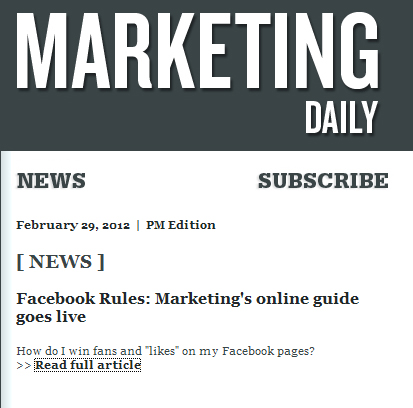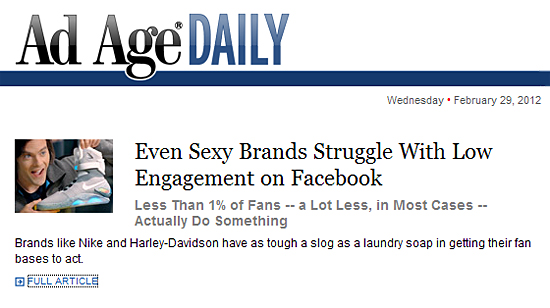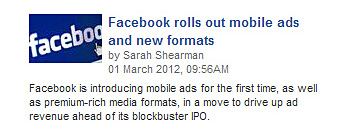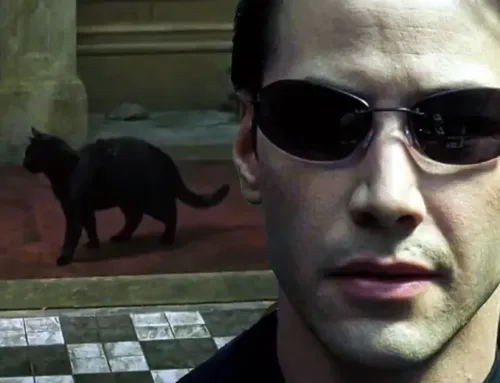There is no denying it—February is one weird month. It starts with that truly odd North American phenomenon called Groundhog Day. I mean the “real” Groundhog Day, the annual event with the distinctly off-side Teutonic thread running through it, held in more than a dozen small-town locations where there is still a winter in Canada and the US, where a rodent mascot is believed to predict the timing of the seasonal change to spring weather. Not to be confused with the time-travelling phenomenon of the 1993 American film Groundhog Day, [1] which has rightly become an American cult classic, at least to Europeans.
Then there’s Valentine’s Day, the retail industry-induced phenomenon ostensibly dedicated to perpetuating the idea that love is a whimsical bolt of lightening, arrow-through-the-heart power we have no control over whatsoever but need to believe in over all else. Personally, I’m a big fan of romantic foolishness, but America’s-now-Canada’s Margaret Wente makes a good case for real love being something a little more pragmatic, and therefore, lasting. [2]
Then, in the northern latitudes, and depending on what Punxsutawney Phil/Shubenacadie Sam/Wiarton Willie told us at the beginning of the month, we roll in to a severe bout of seasonal affective disorder (sadly, SAD).
And this year, it all ended with February 29 th, a curious day on multiple levels. At the obvious level, it’s a date that comes along only one in four years. I’m always surprised by how many people still go through the internal thought process of, “So if you’re born this day, do you even celebrate it as a birthday between leap years?”, or the more alarming, “Okay, leap-year babies don’t really live four times longer than I will, do they? Or is it three?”
February 29 th is also the day I noticed articles on the same topic for Canada’s pre-eminent marketing journal, Marketing Magazine and the US equivalent, Advertising Age:
On this day, Canada’s Marketing Magazine announces it has compiled a definitive guide to help marketers do a better job on Facebook and maximise their ROI:
On this same day, Advertising Age looks at what heavily-invested brands that would presumably be the most likely to succeed on Facebook are learning: engagement is actually quite difficult, and when you get it, it doesn’t necessarily lead to any action that benefits the brand. This is not to say Facebook is a waste of time and money, it’s to say Facebook is more like other media than one would think, given the hyper-attention and the hyperbole it still gets. Ad Age provides lots of information on how to do social media well, but it’s also asking why we’re doing it. At least on this day, I’d have to say its thought process on social media is more advanced than Marketing’s is. There’s no good reason for that.
And for an even more advanced (or cynically-evolved, depending on your point of view) thought process, here’s what Brand Republic, the UK’s most interesting marketing trade journal ran with one day later:
What we all need to do is advance our thinking on two fronts: keep developing better social media tools and creative, while also developing a real understanding of how social media best fits in the integrated marketing mix. And I guess we should acknowledge that turning a college dorm project into a $10B IPO in 8 years usually requires investor exuberance created by forces beyond the actuaries.
Canadians should be leaders in this kind of thinking, not followers. Providers of original thought on marketing issues, not re-posters of thinking done by others. Real content creators.








